Bring History To Life With Beano’s Seriously Spooky English Heritage Facts
EH is teaming up with Beano for a spook-tacular Halloween trail
England is full of history and from creepy castles to fantastic forts, there’s a spooky story or frightening fact in every nook and cranny of this green and pleasant land. We’ve teamed up with English Heritage to bring you some of the most spine-tingling facts we could find just in time for Halloween! And don’t forget to Test Your Historical Knowledge With Beano’s English Heritage Quiz!
Gather your family for a ghoulishly good day out and follow Dennis, Gnasher and pals to solve creepy clues in the Beano Halloween Quest running at over 20 English Heritage sites this half term!
Beeston Castle
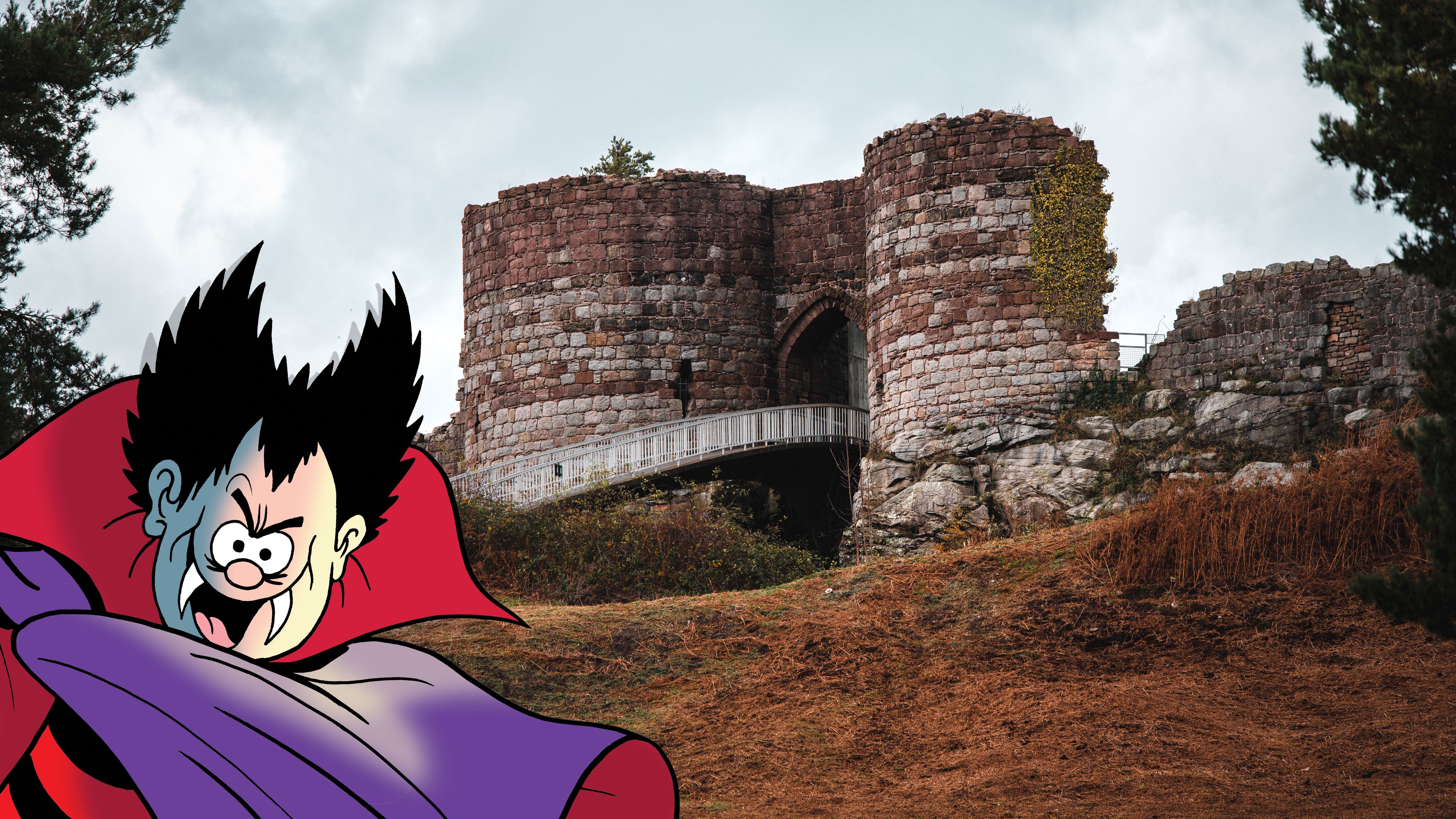
Beeston Castle has one of the deepest castle wells in England – legend says Richard II hid his treasure in the well in 1399 but despite many attempts to find it, his treasure is still yet to be found!
Boscobel House
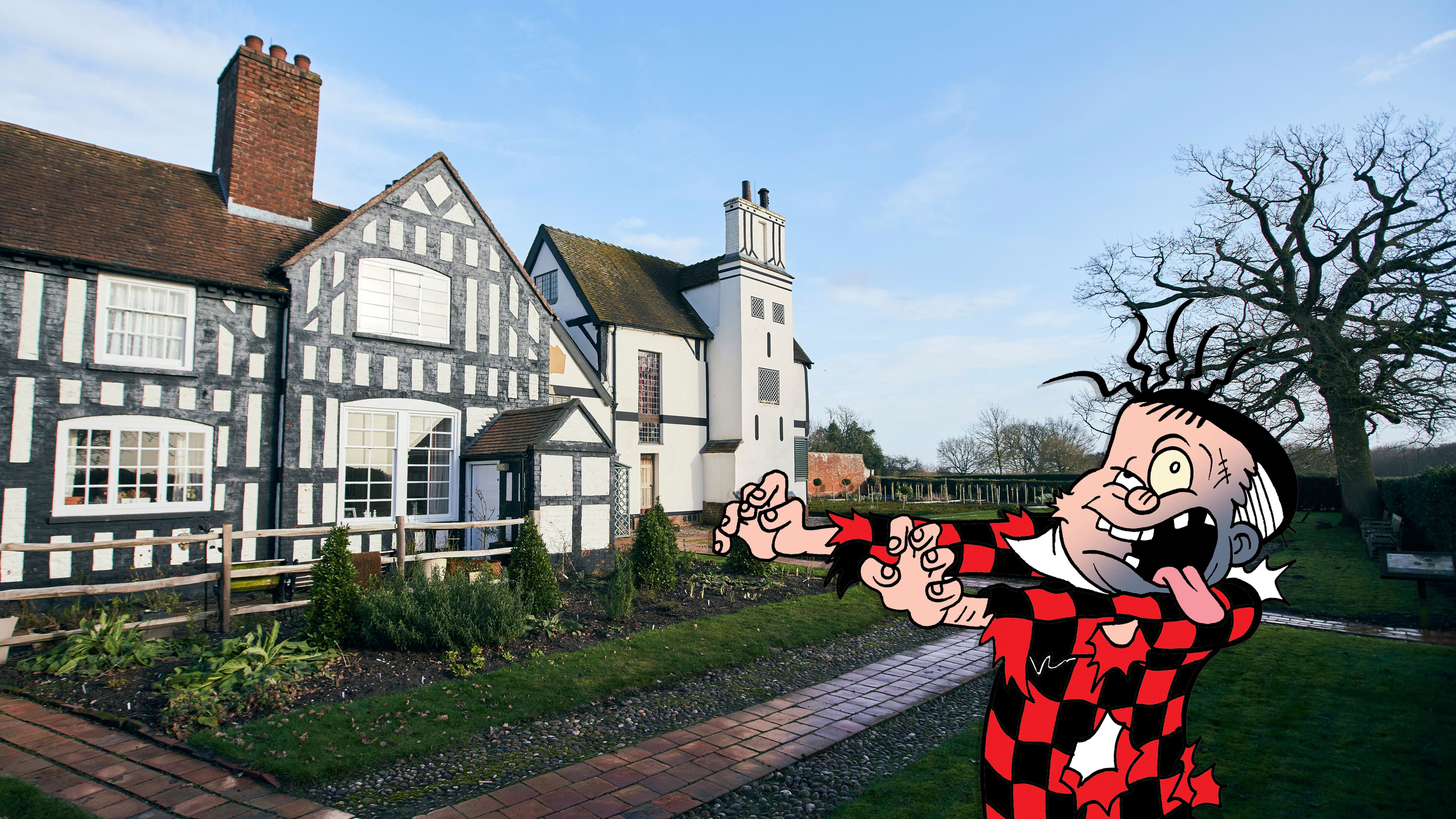
In 1651, the future Charles II hid in an oak tree near the house to escape from the Parliamentarians after his defeat at the Battle of Worcester. His dramatic escape and later restoration to the throne made both the house, and the Royal Oak, popular tourist attractions.
Goodrich Castle
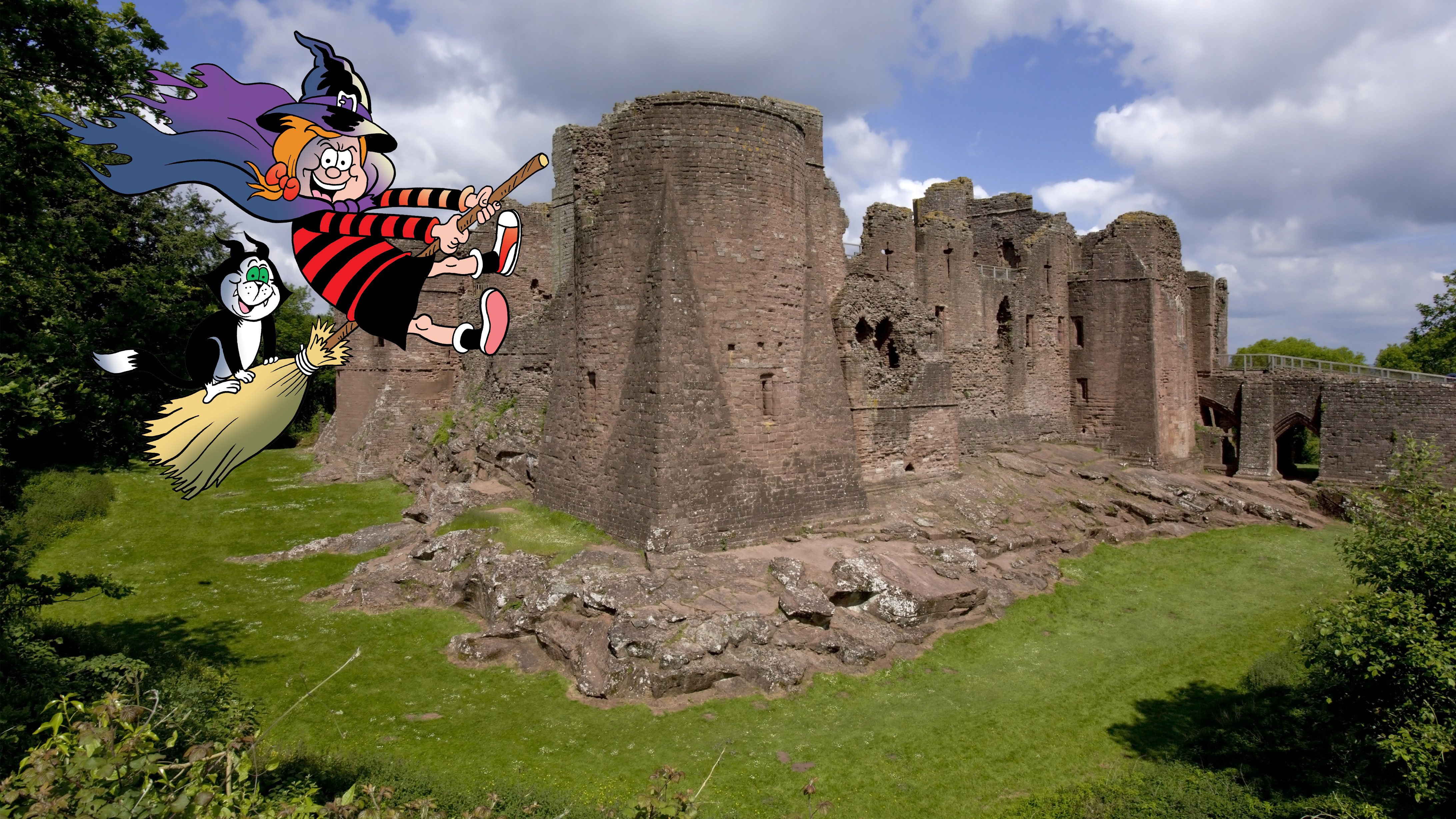
During the English Civil War, Goodrich Castle was a Royalist Stronghold, after a 2 month siege the castle was surrender, mainly due to damage to the castle by a locally made mortar. The ‘Roaring Meg’ is the only surviving canon from the Civil War and is on display in the castle courtyard.
Kenilworth Castle
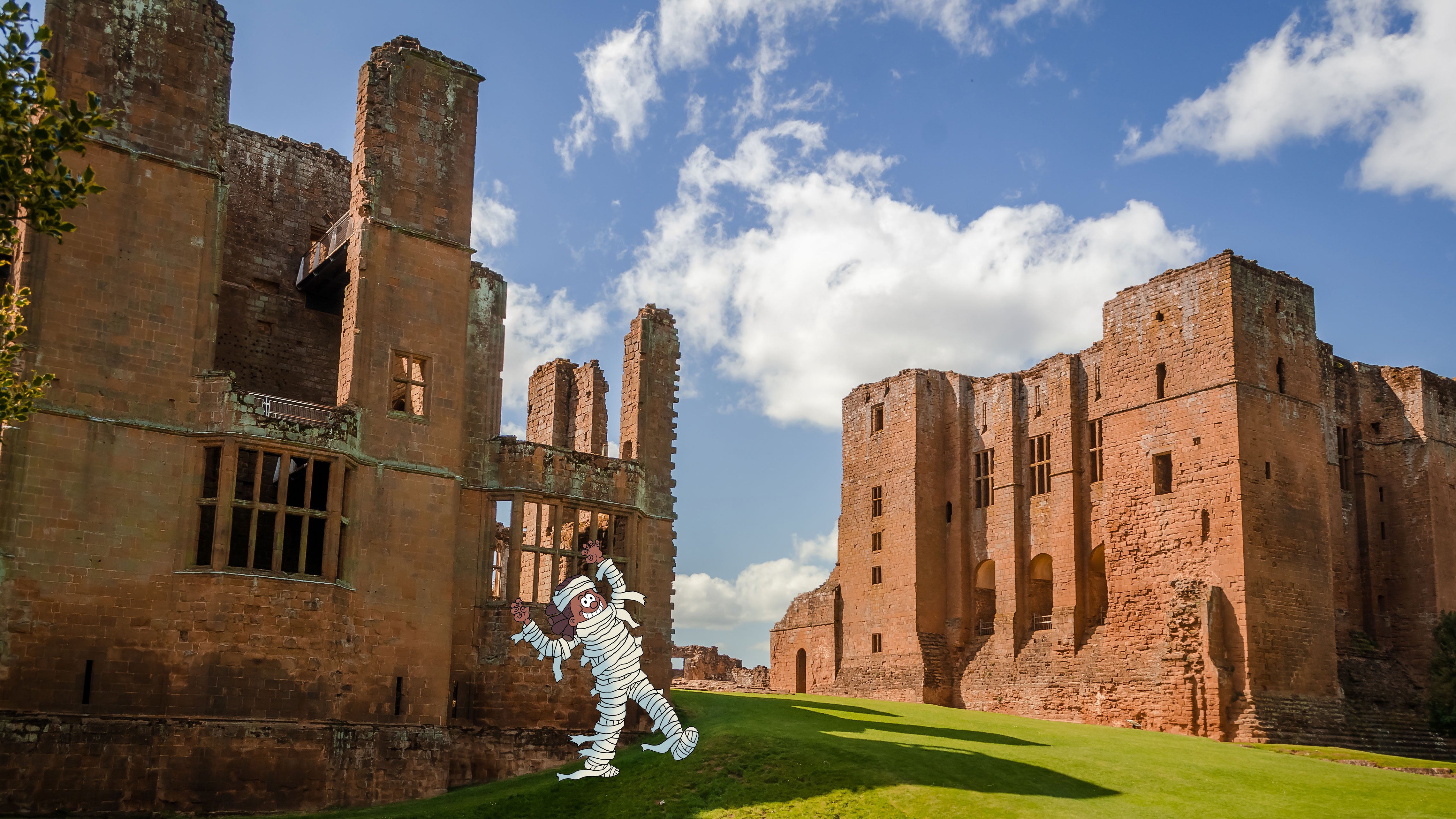
When Queen Elizabeth I spent 19 days at Kenilworth Castle in 1575, Robert Dudley (who owned the castle at the time) entertained the Queen with many festivities including a firework display and a new garden to try and impress her. But it didn’t work as the Queen never married anyone!
Old Sarum Castle
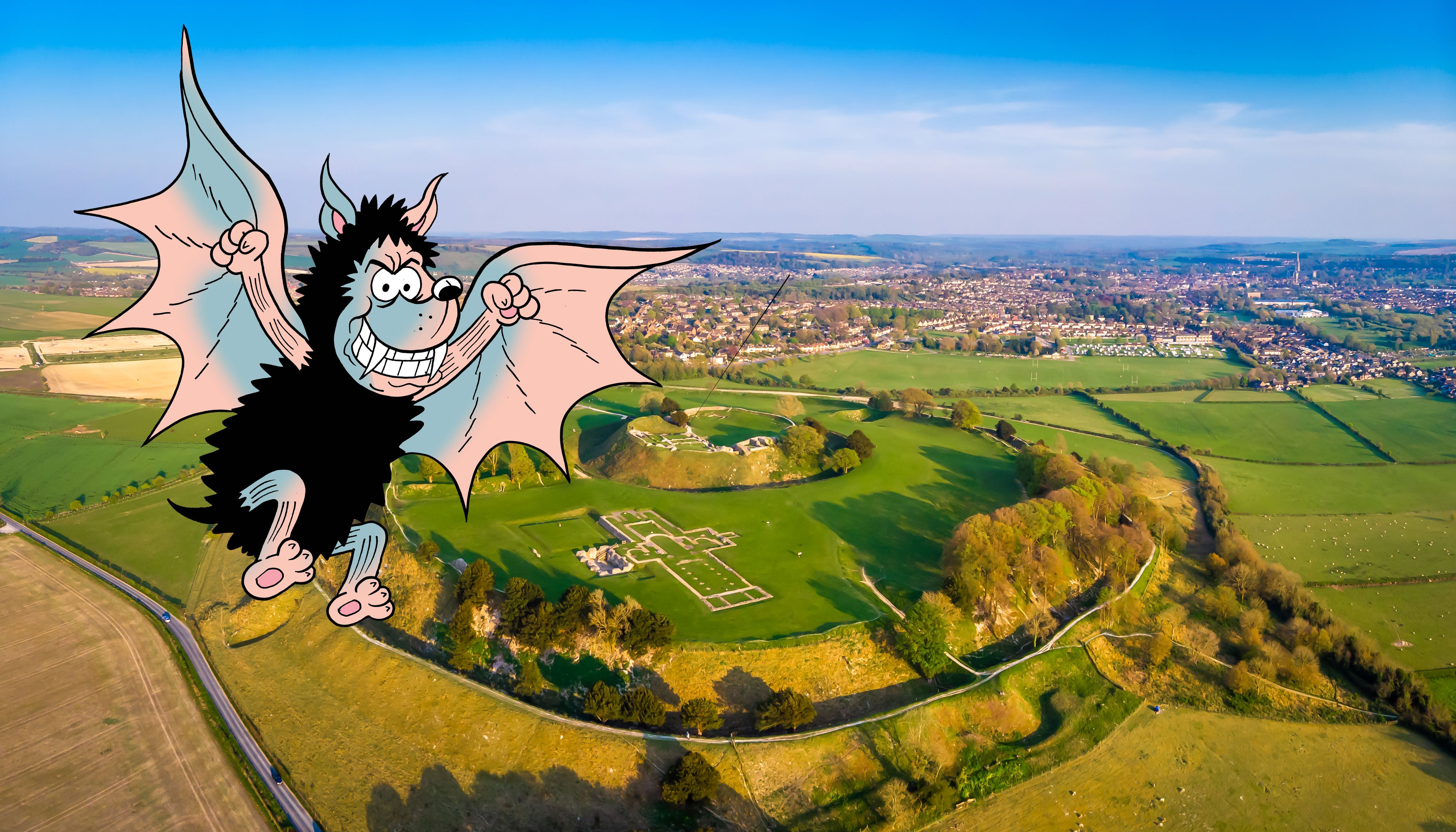
The original Salisbury Cathedral was built at Old Sarum. The first cathedral was a modest building and was damaged by a violent thunderstorm just 5 days after its consecration in 1092! You can still see the footprint of the original cathedral in the castle’s outer bailey!
Pendennis Castle
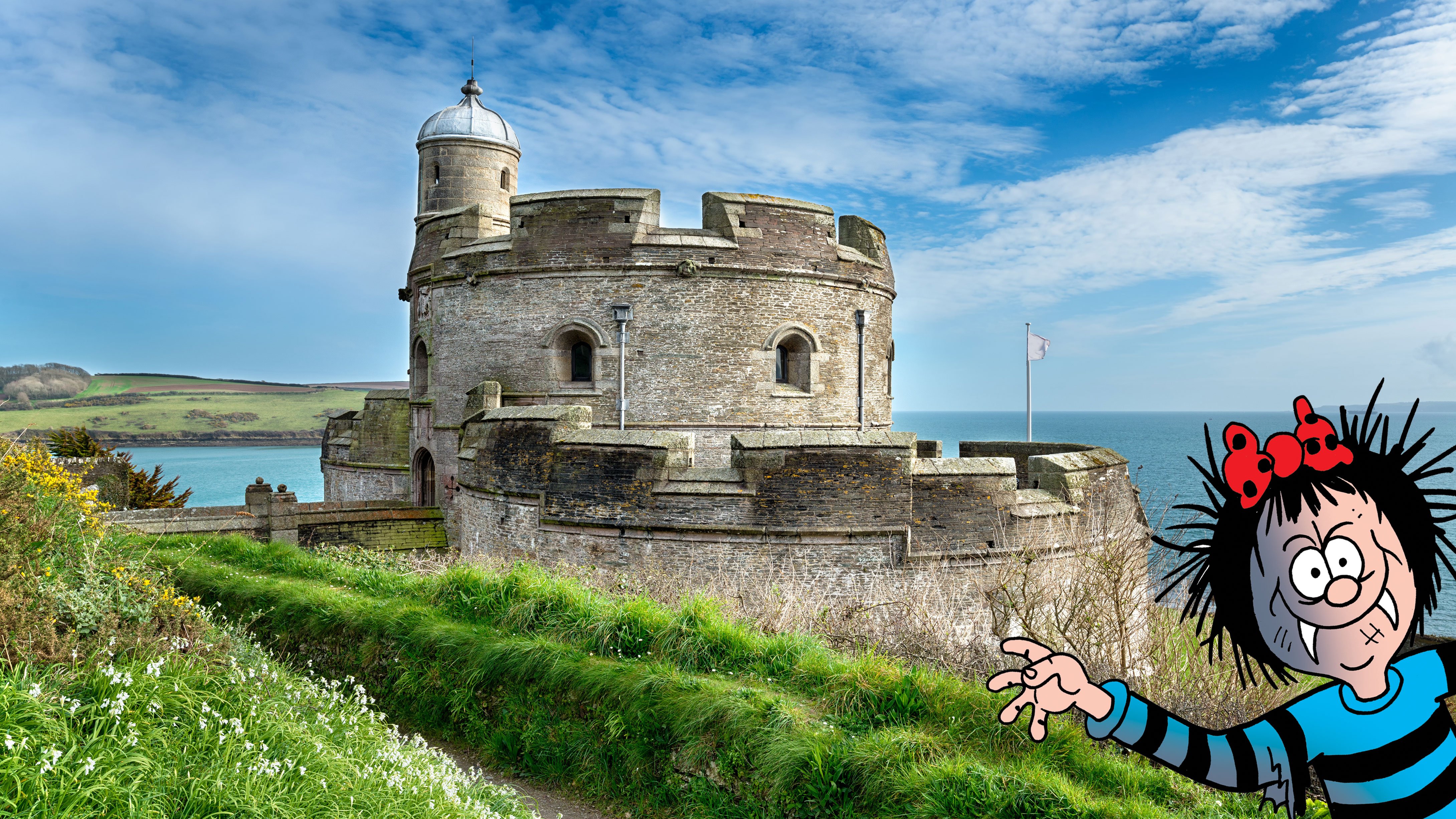
Pendennis Castle was built when England faced a possible invasion from the united powers of Catholic Europe in the 1500’s. Henry VIII built gun forts on opposite sides of the entrance to the Fal River at Pendennis and St Mawes to prevent enemy attack.
Stokesay Castle
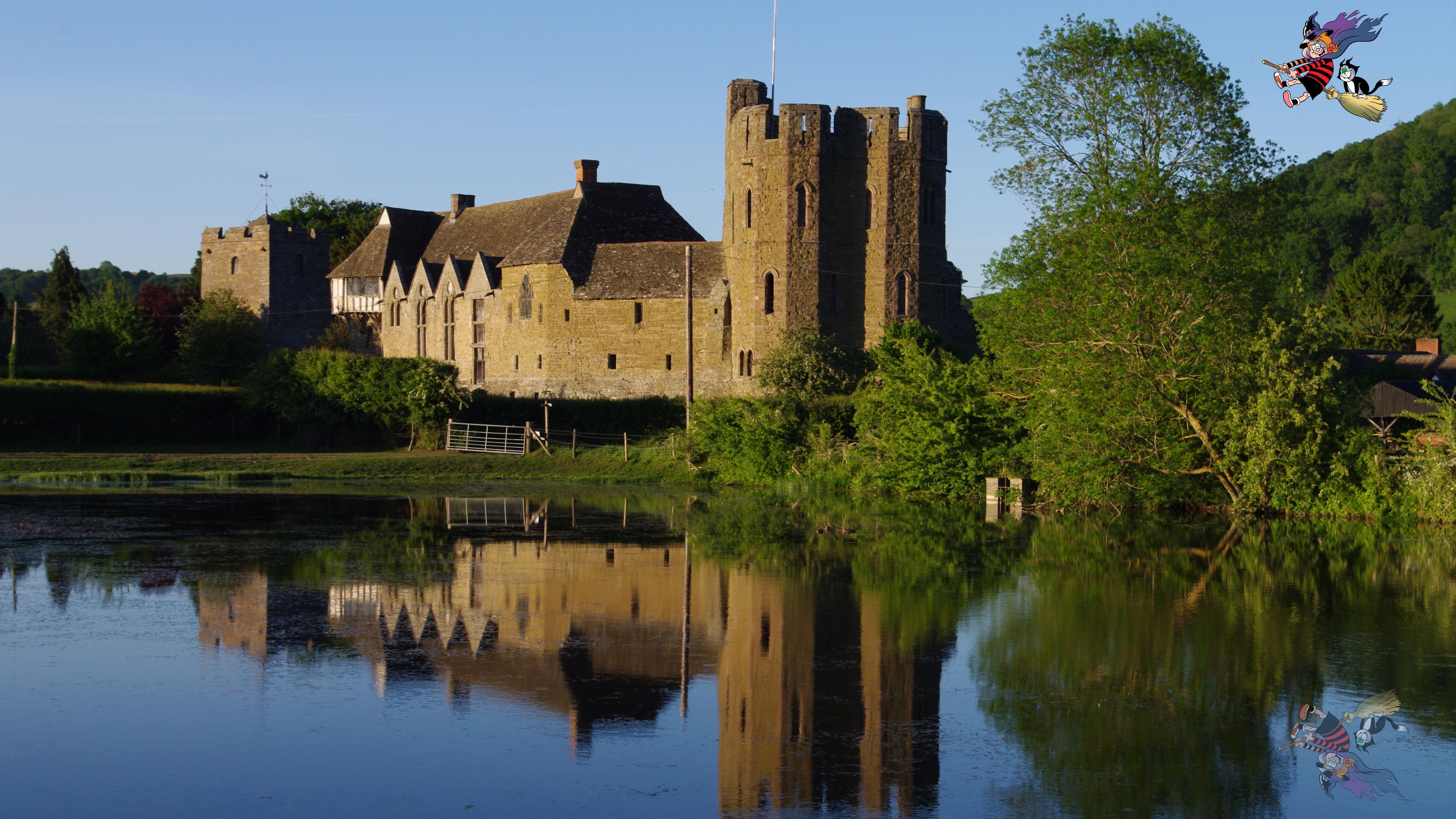
Stokesay Castle was built by a very rich wool merchant called Lauren of Ludlow. Despite looking like a castle, it is very unlikely Stokesay could ever of withstood a serious enemy attack, instead it was a symbol of wealth and a comfortable family home.
Stonehenge
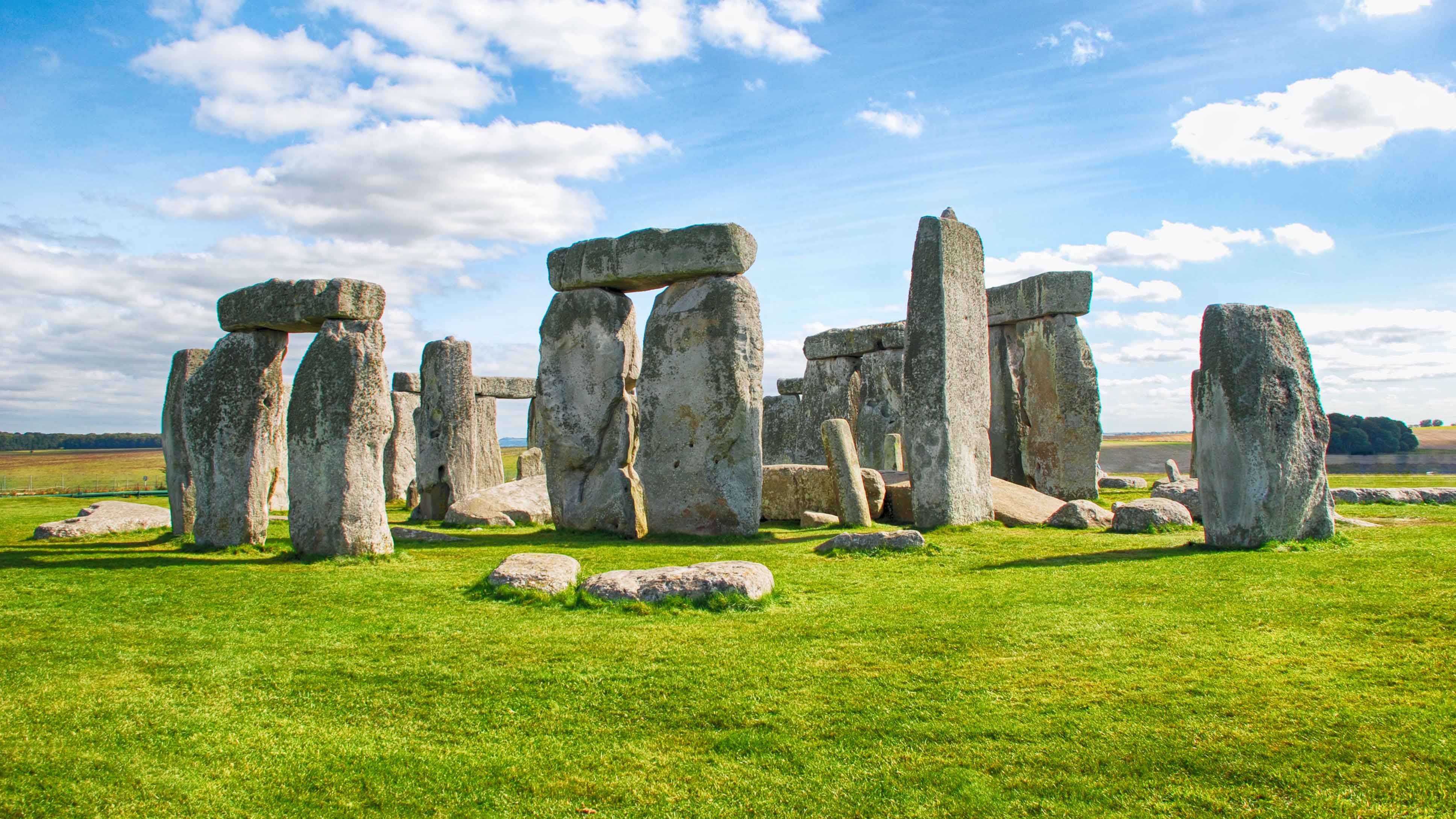
Stonehenge is one of the most famous prehistoric monuments in the world and now it is protected so it will be around for many years to come. But in 1915 it was bought in an auction by local man Cecil Chubb, who reportedly only went to the auction to buy some dining room chairs!
Witley Court
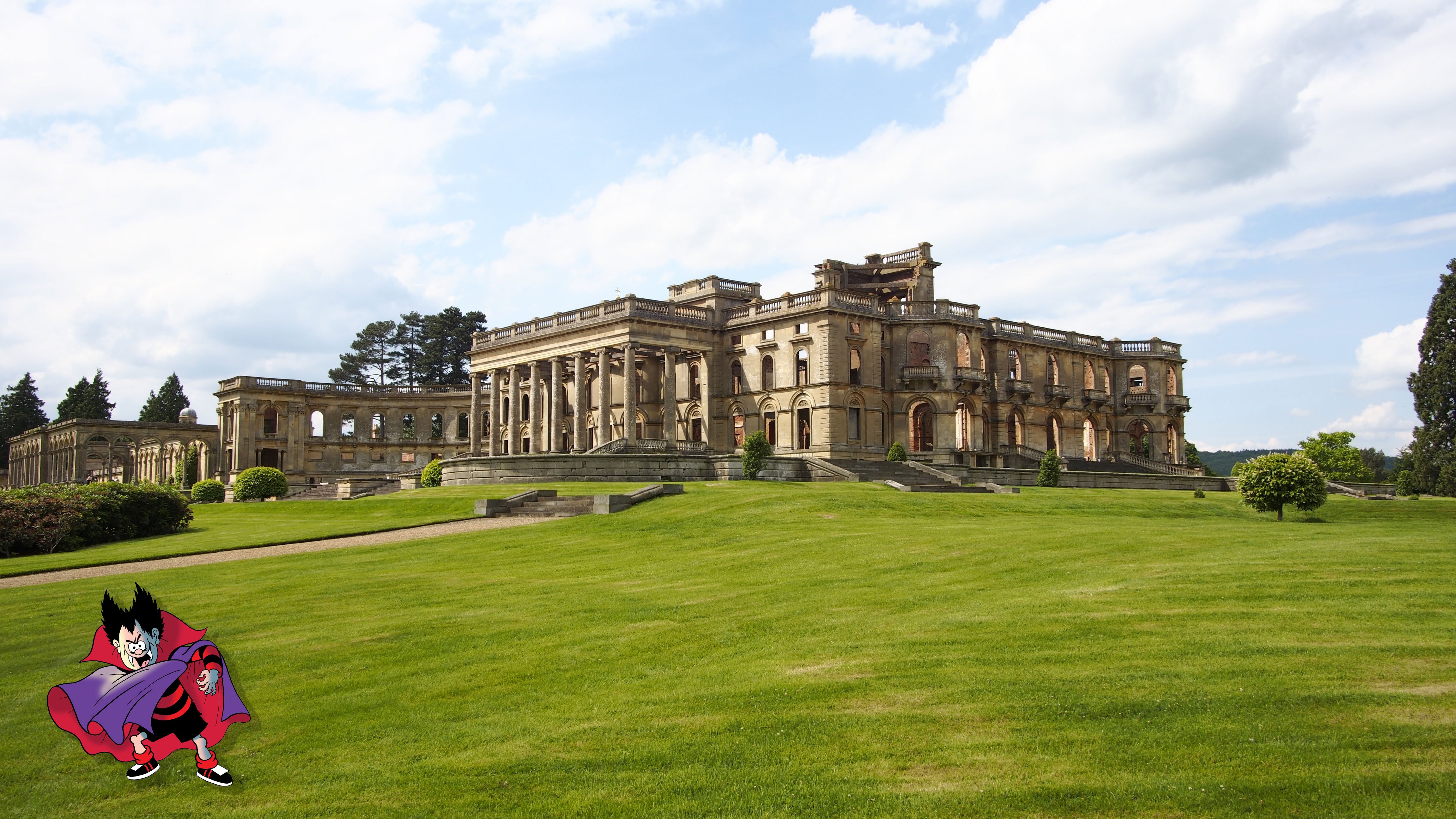
Witley court was once one of the great country houses of England and in Victorian times it was the setting for extravagant parties and royal entertainments! In the 1890s one frequent visitor was the Prince of Wales who later became King Edward VII!
Carlisle Castle
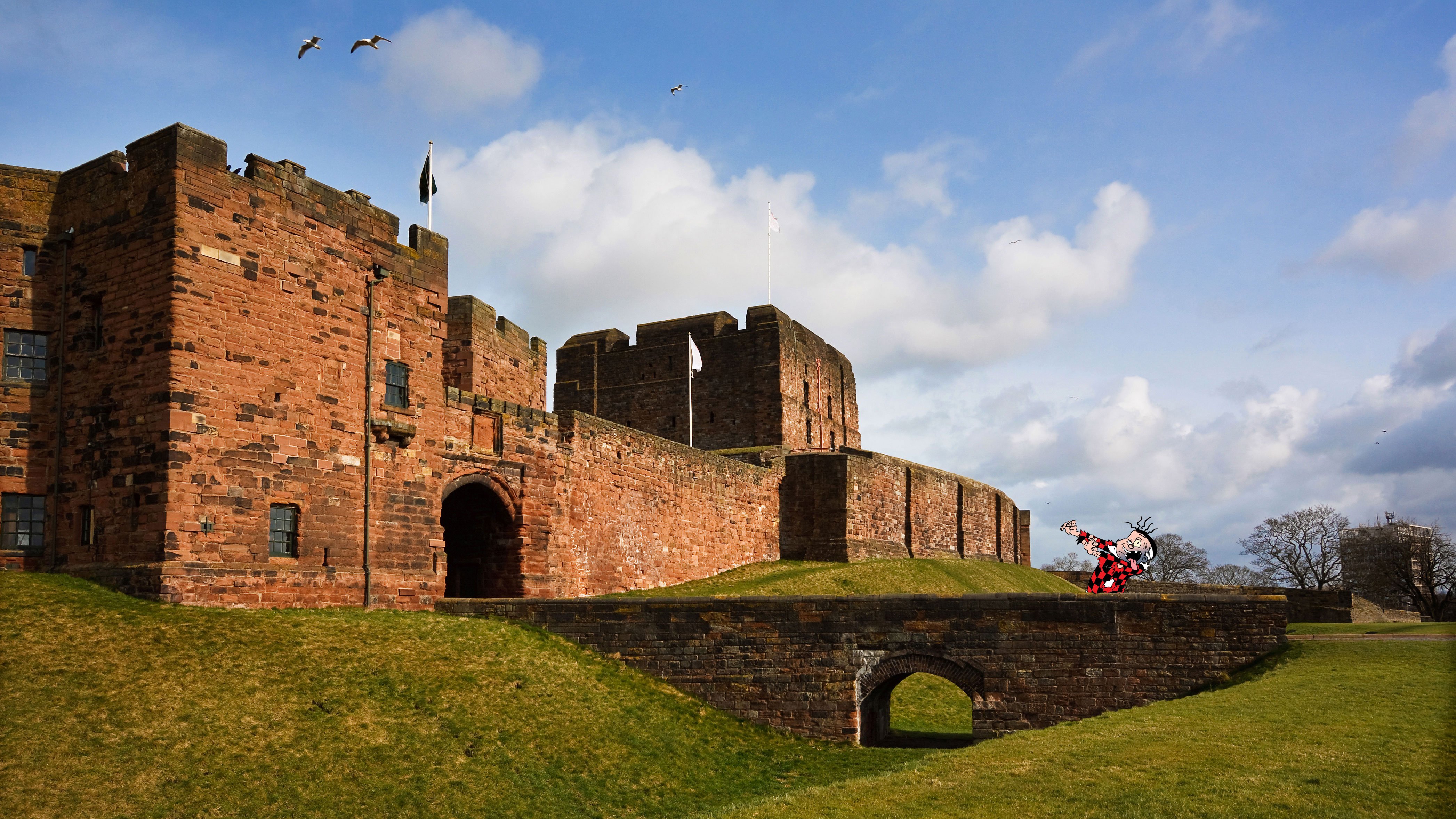
One of the volunteers who worked at Carlisle Castle, leading a tour on Halloween, once saw a small face in the window of the keep at night – which disappeared when the volunteer waved and turned away!
Bolsover Castle
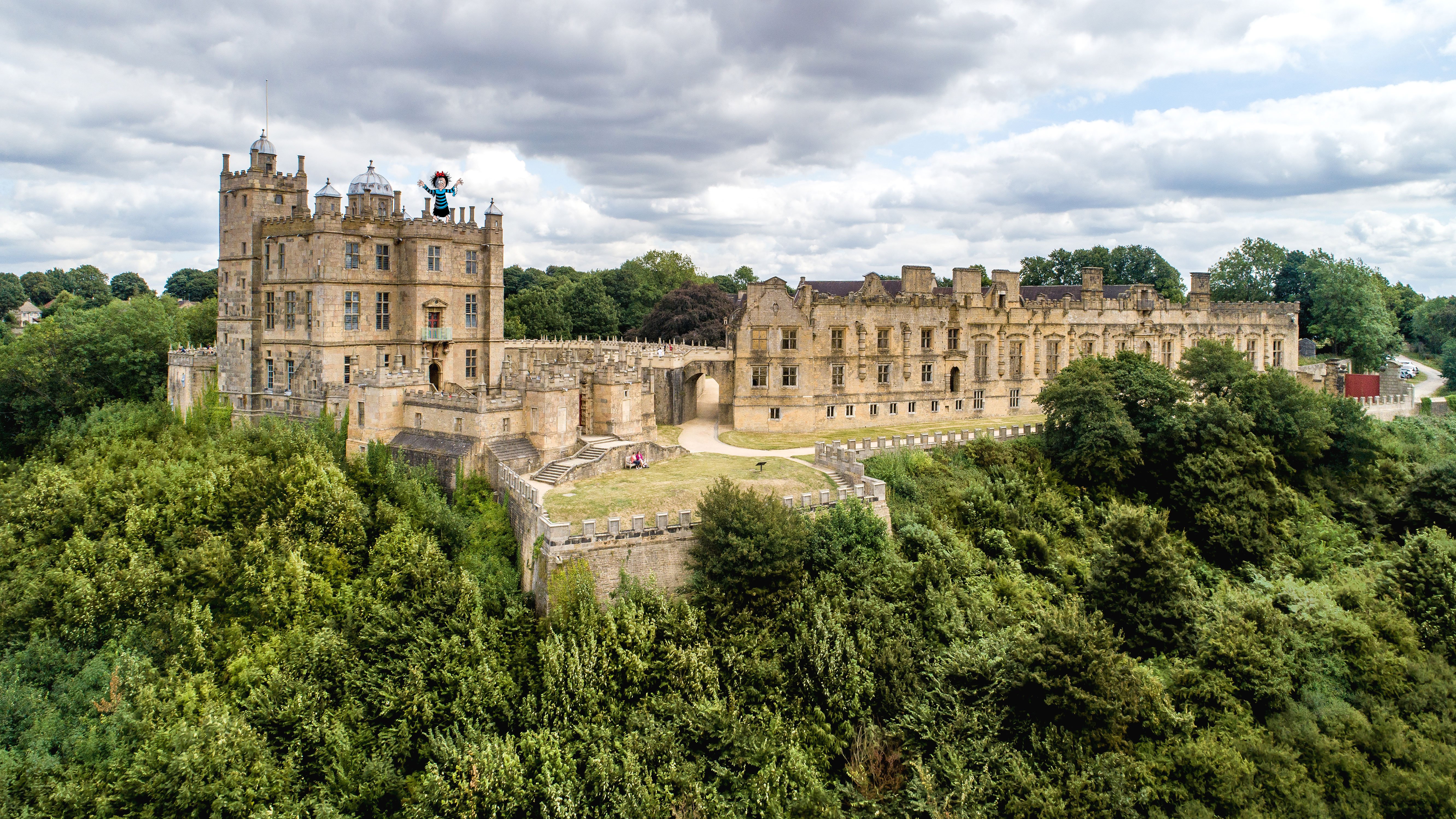
Bolsover is classed as the spookiest site in English Heritage! Staff and volunteers have voted it such after experiencing small hands grabbing at their clothes, cold feelings in certain rooms, and unexplained screams!
Whitby Abbey
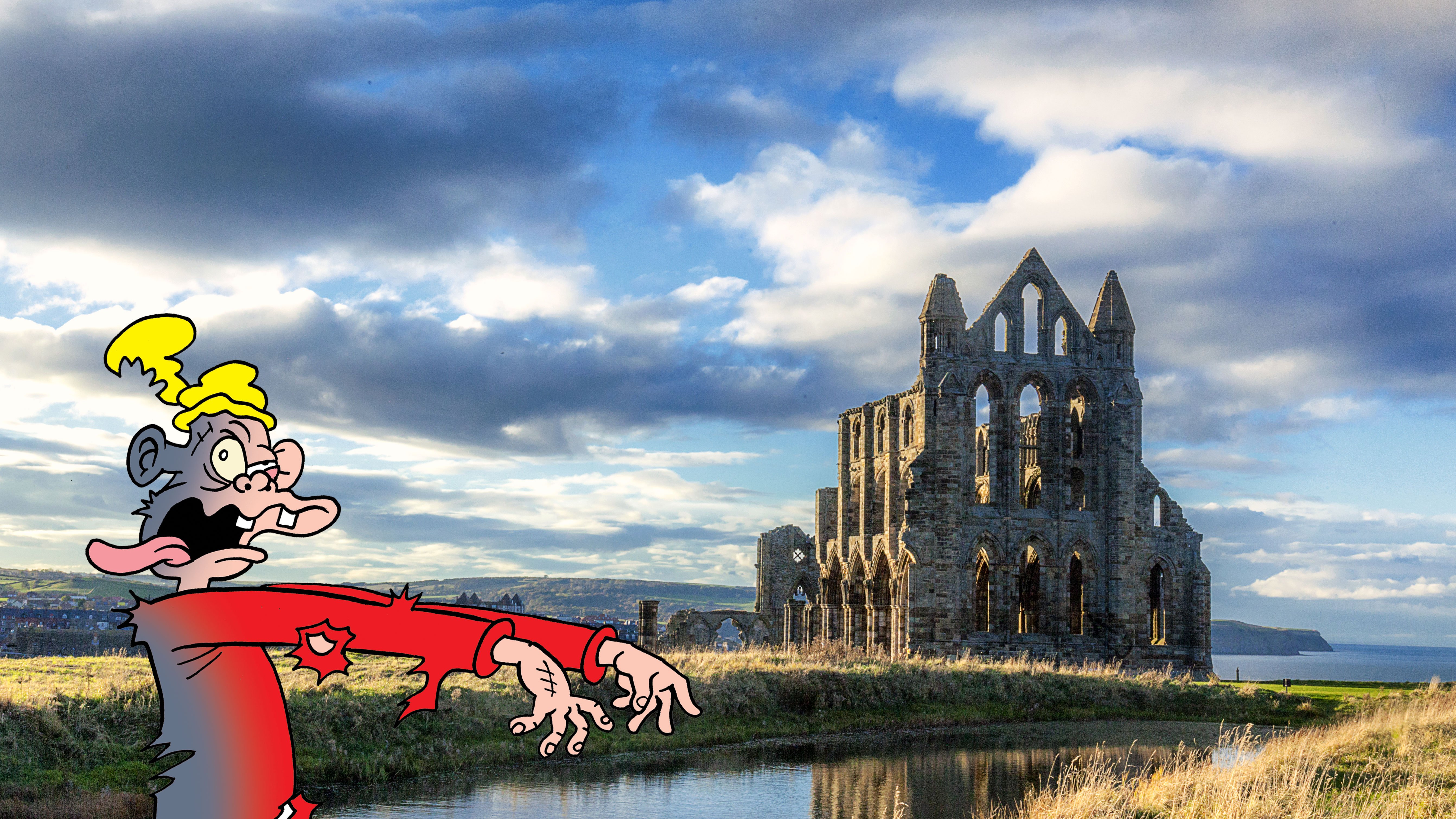
Many of the monastic community who once lived here are buried at Whitby… maybe even right under your feet! This includes Abbess Hilde, who legend says was carried off to heaven by a group of angels.
Scarborough Castle
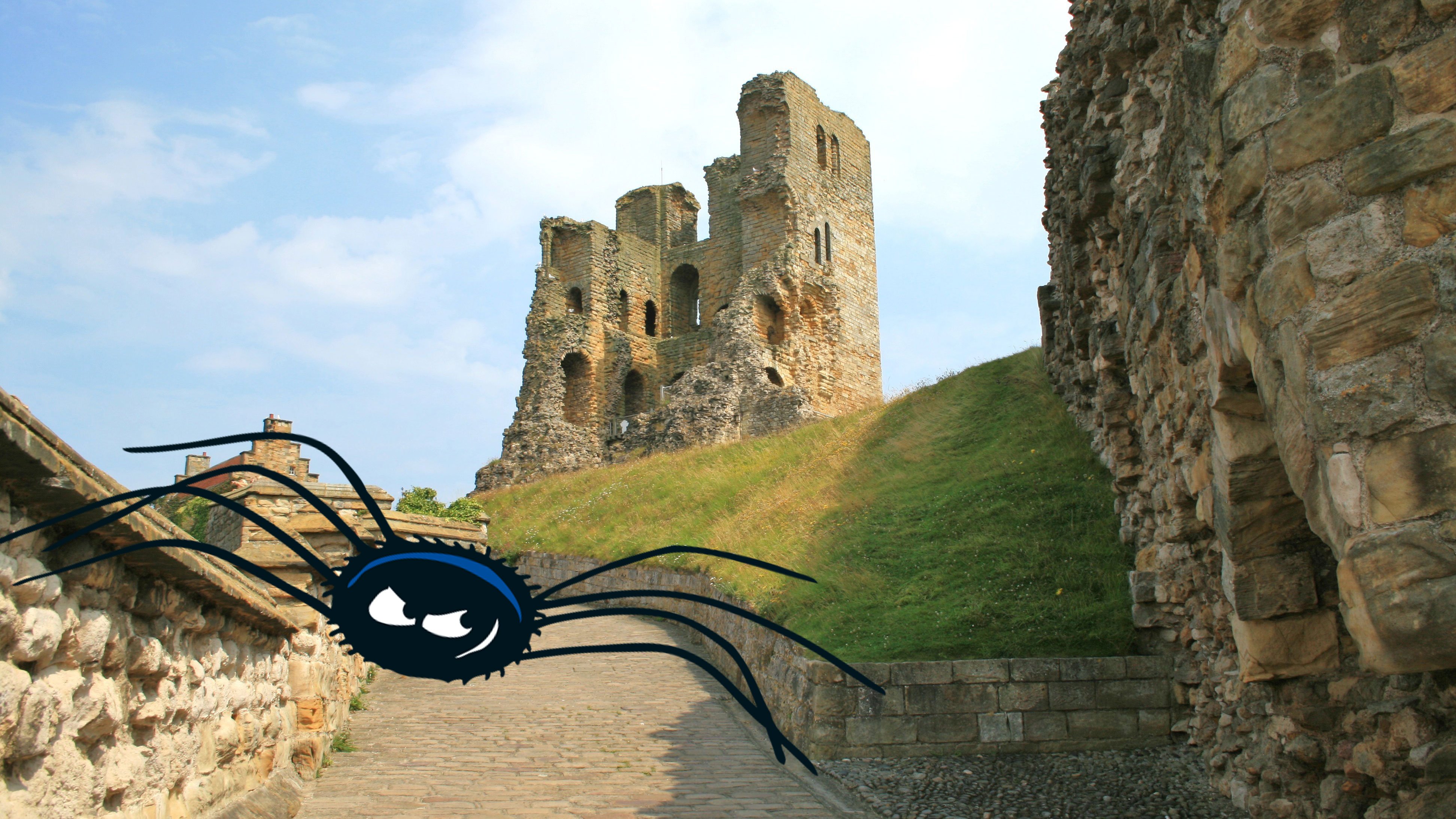
The most infamous ghost of Scarborough Castle is the headless ghost of Piers Gaveston, Earl of Cornwall. He’s said to be particularly malicious, luring unsuspecting visitors over the walls to fall to their deaths on the rocks below the cliff.
In 1988, Scarborough school children helped create the world’s largest comic strip on South Bay beach, replicating a huge front page of The Beano in the sand. The record still stands today.
Brodsworth Hall
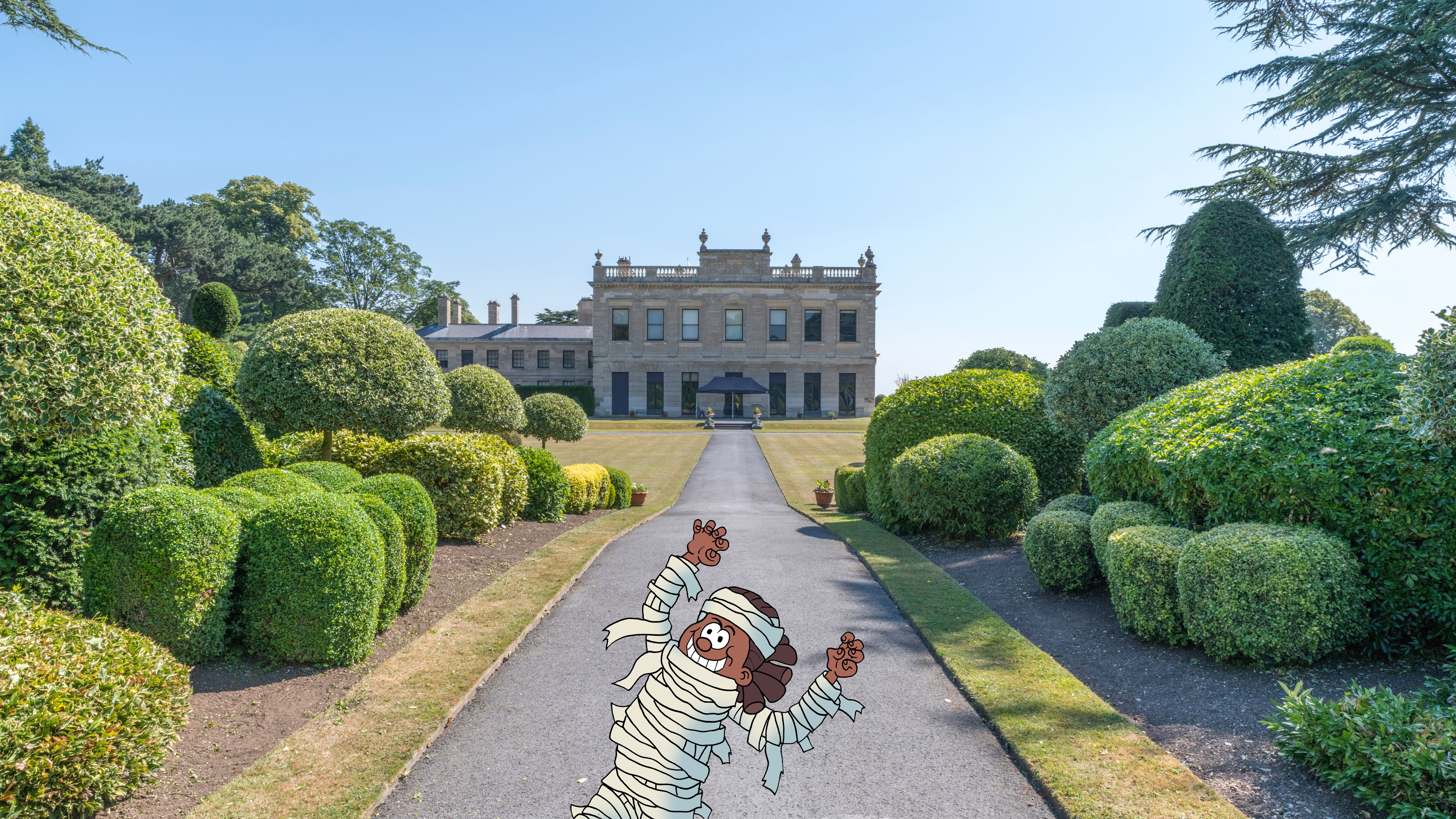
Brodsworth Hall was built between 1861 and 1863, a mid-Victorian vision of a comfortable country house. One period the Victorians were particularly fascinated about was Ancient Egypt. Travellers brought back mummies as souvenirs and held parties to unwrap them. One man, Thomas Pettigrew, personally unwrapped at least 40 mummies!
Belsay Hall
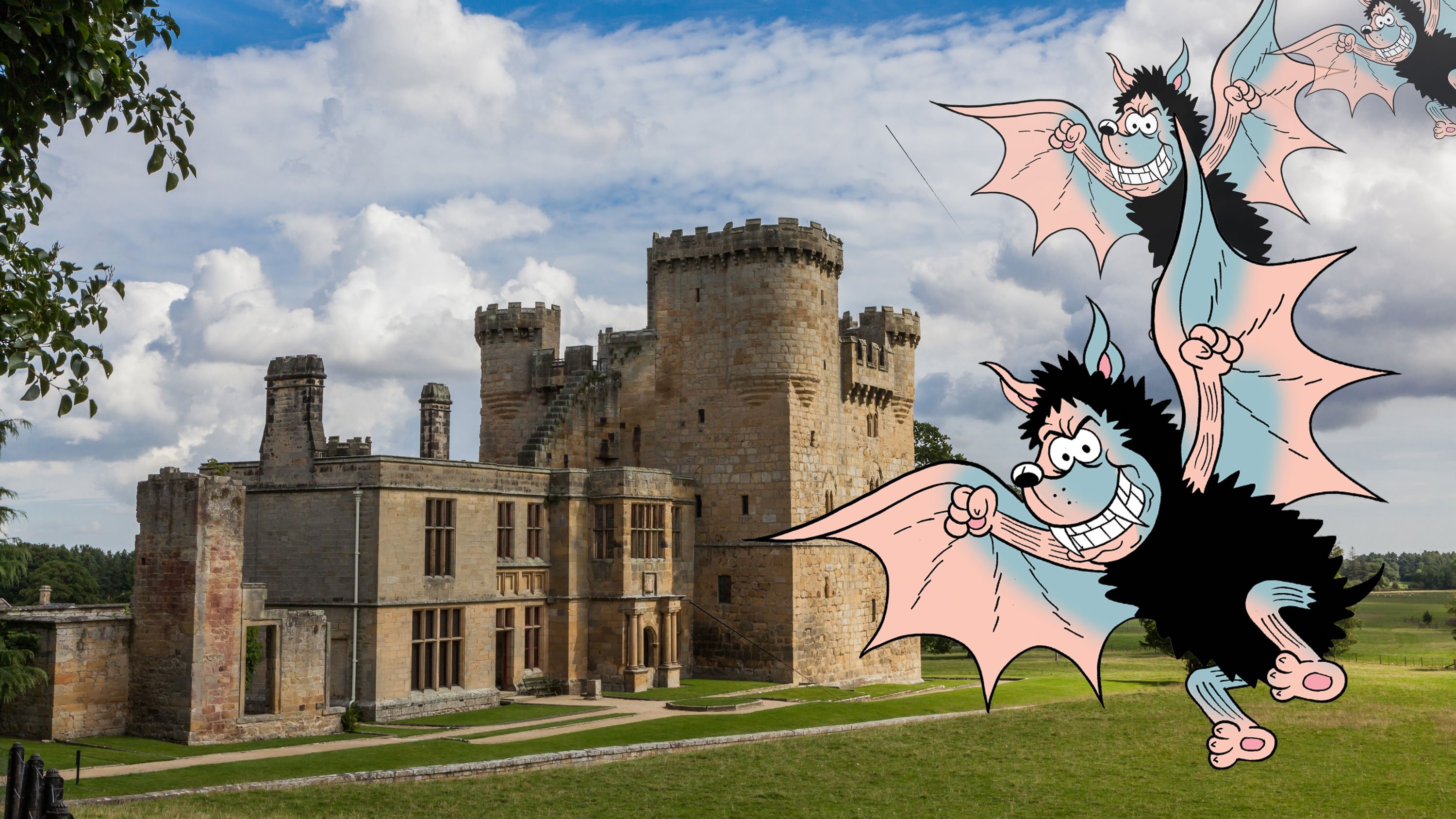
Belsay is located in the ‘border’ county of Northumberland. The union of Scotland and England under King James I in 1603 brought relative peace. Belsay’s mansion wing was built during this peace. James I developed a belief in witches from an early age, blaming witches for the death of his mother, Mary Queen of Scots. He even wrote a book about it!
Battle Abbey
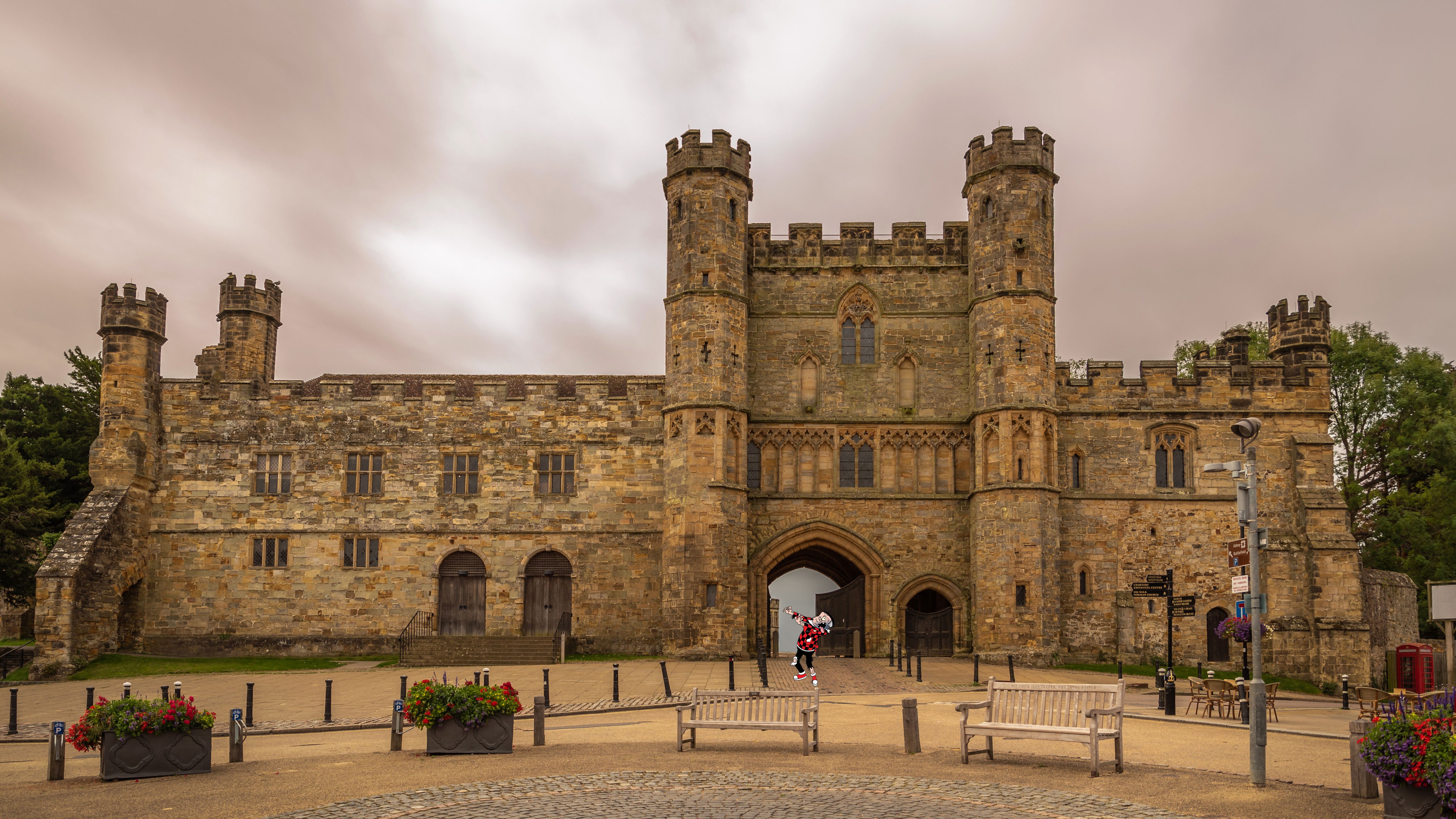
Some say William the Conqueror’s jester was crucial in the Battle of Hastings. When the Normans were starting to lose, Taillefer the Jester started to juggle his sword, causing one of the Saxons to walk away from their defensive wall. Taillefer then stopped juggling and decapitated the solider! Sadly, Taillefer died in the battle so it seems the joke was on him in the end.
Carisbrooke Castle
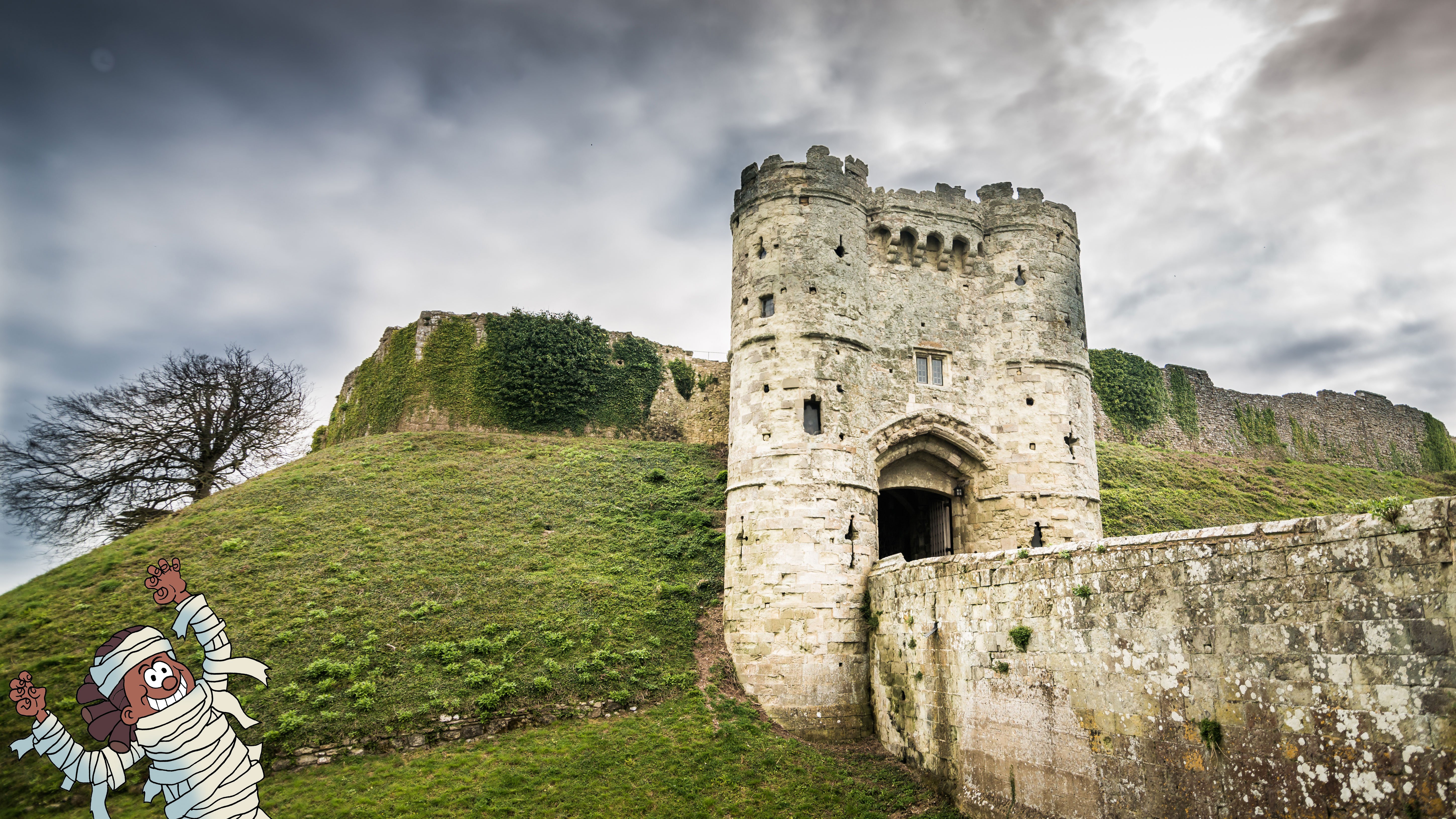
Carisbrooke Castle is famous for its many ghost stories. Elizabeth Ruffin fell into a well at the side of the castle, and many believe if you look into this well you will see her face.
Audley End House & Gardens
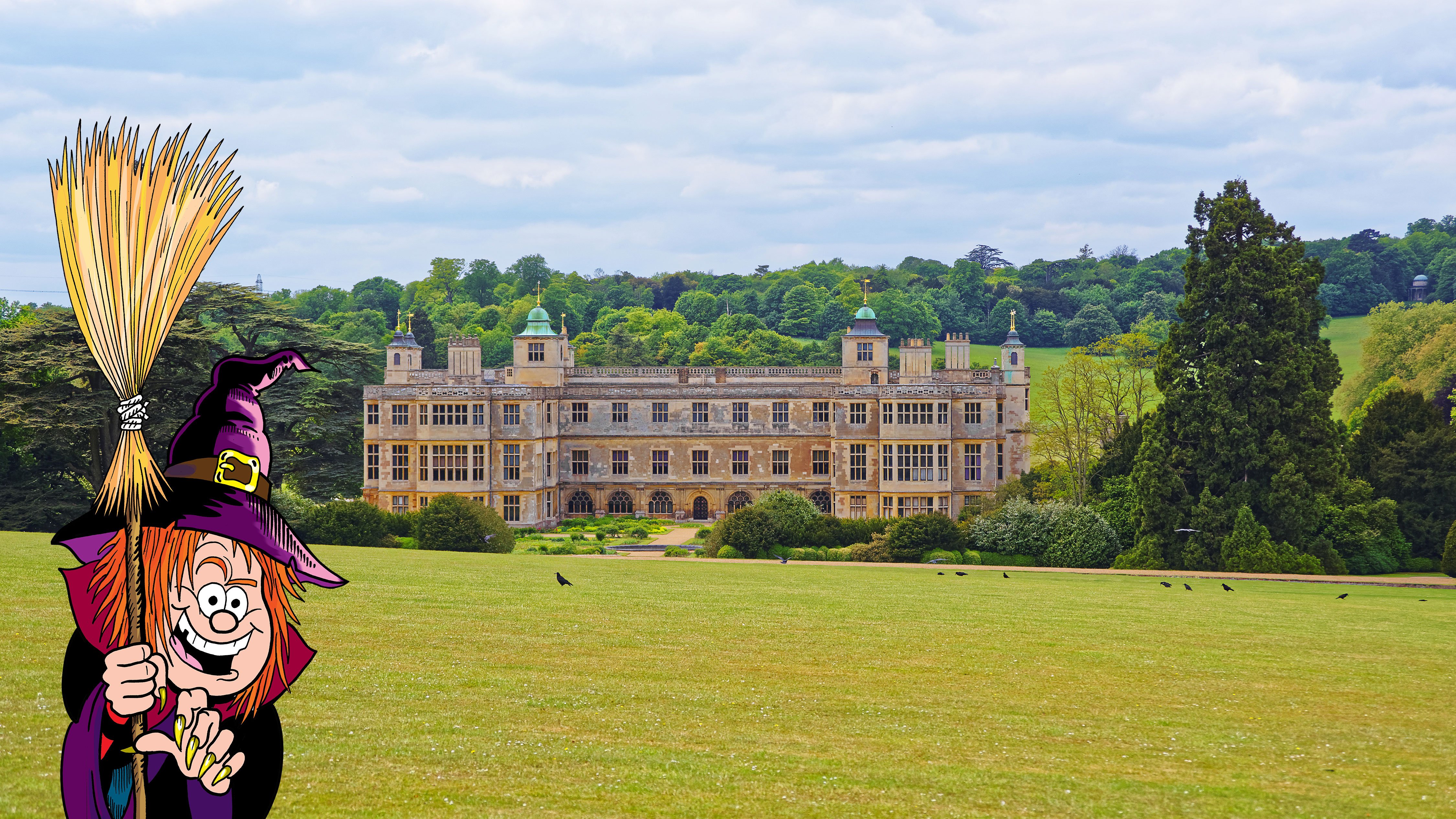
Audley End flourished during the Victorian era, a strong contrast to the world outside the beautiful stately home. The hot summer of 1858 is more commonly known as ‘The Great Stink’. Many people dumped their rubbish in the River Thames, and with the rising heat the smell became horrific! Sounds smelly!
Dover Castle
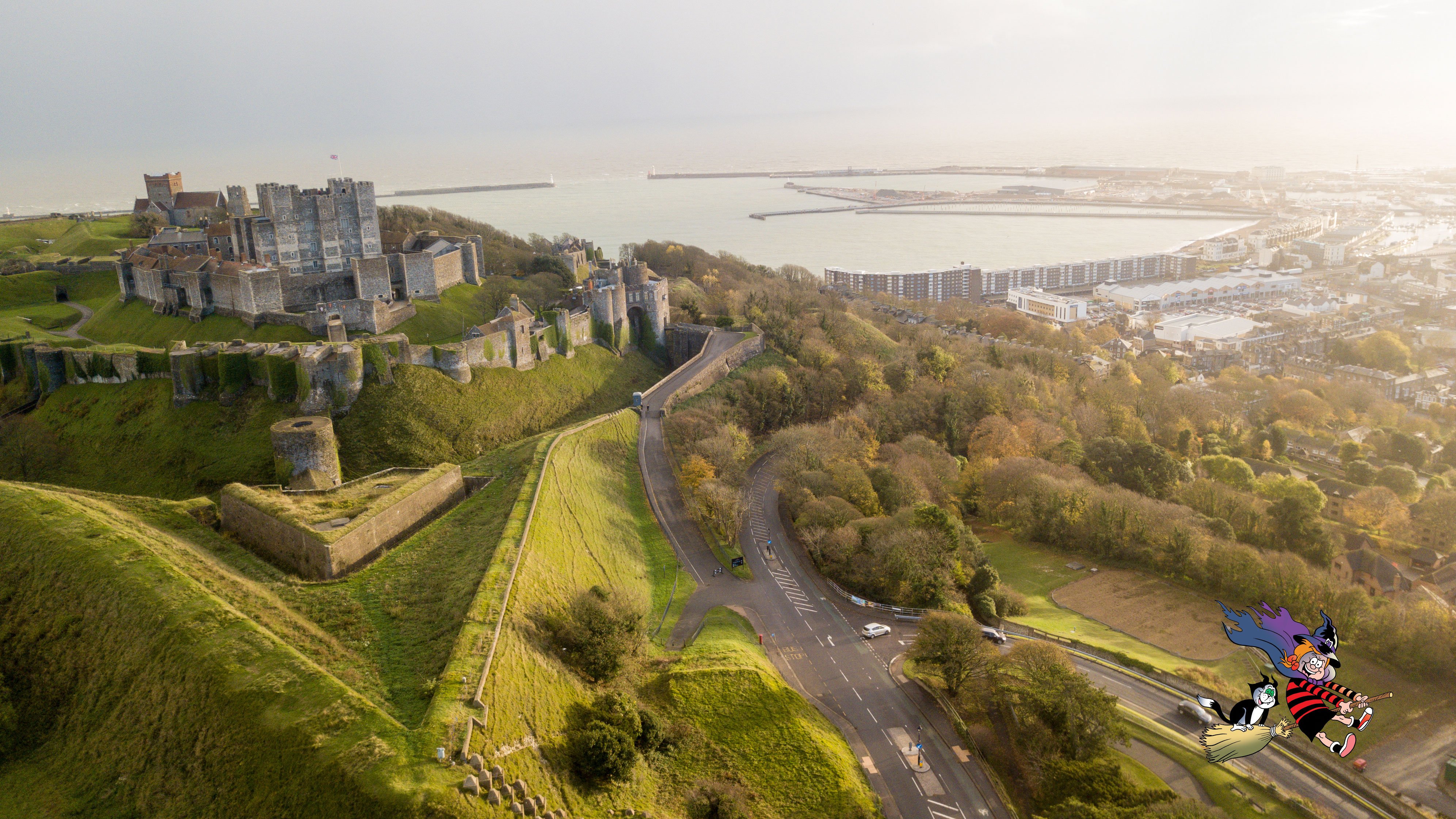
The Great Tower of Dover Castle was used as a prison for French and Spanish soliders during the Nine Years War (1688 – 97) and the War of Spanish Succession (1701-14). If you look carefully you can still see their graffiti on the walls today!
Framlingham Castle
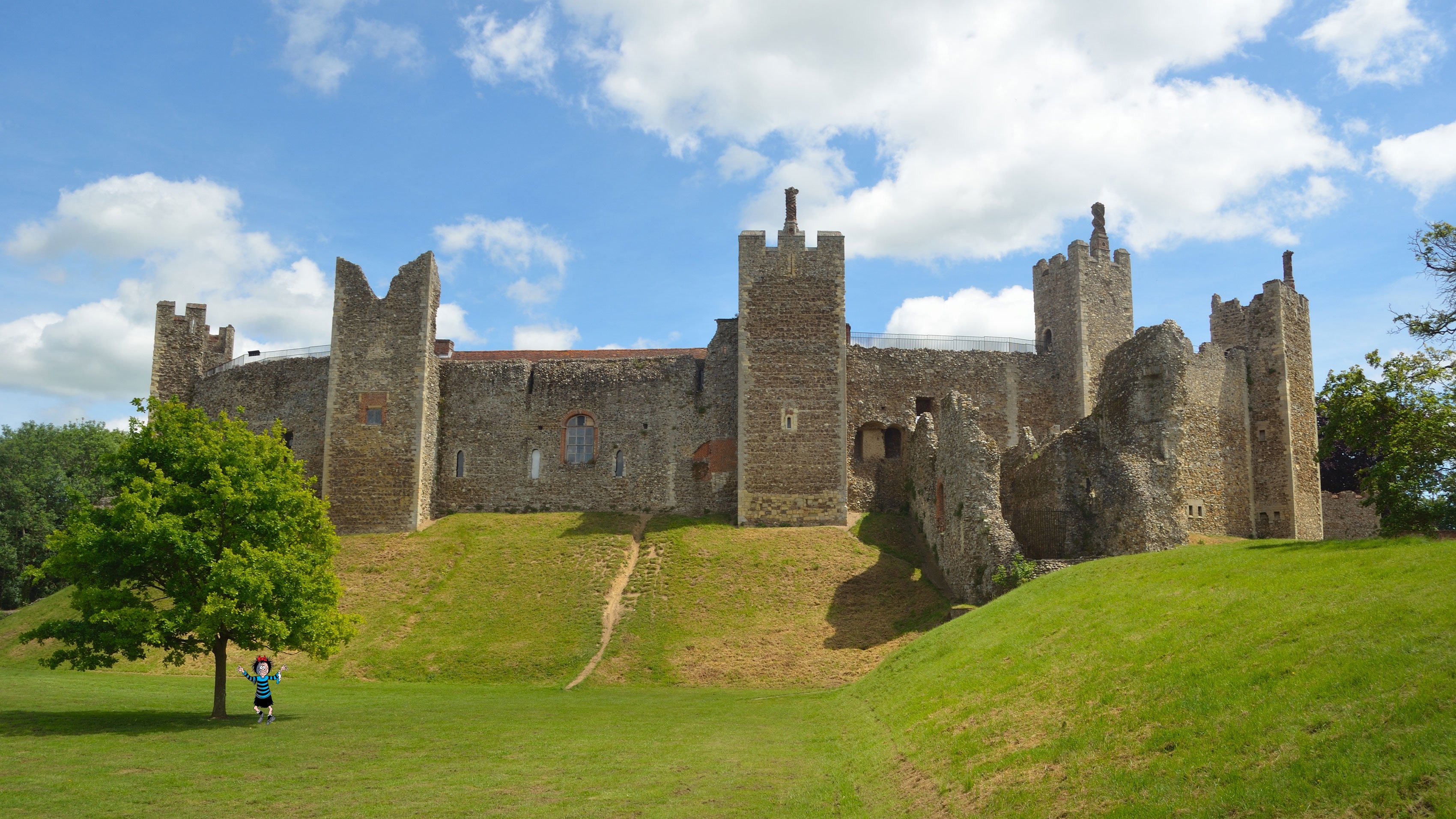
The Red House located within the walls of Framlingham Castle was built as a Work House, and the first poor families began to work here in the mid-17th Century. If you visit today, there is a hatch in the roof space above the shop. Folklore says this hatch was used to lower coffins from the upstairs bedrooms!
Wrest Park
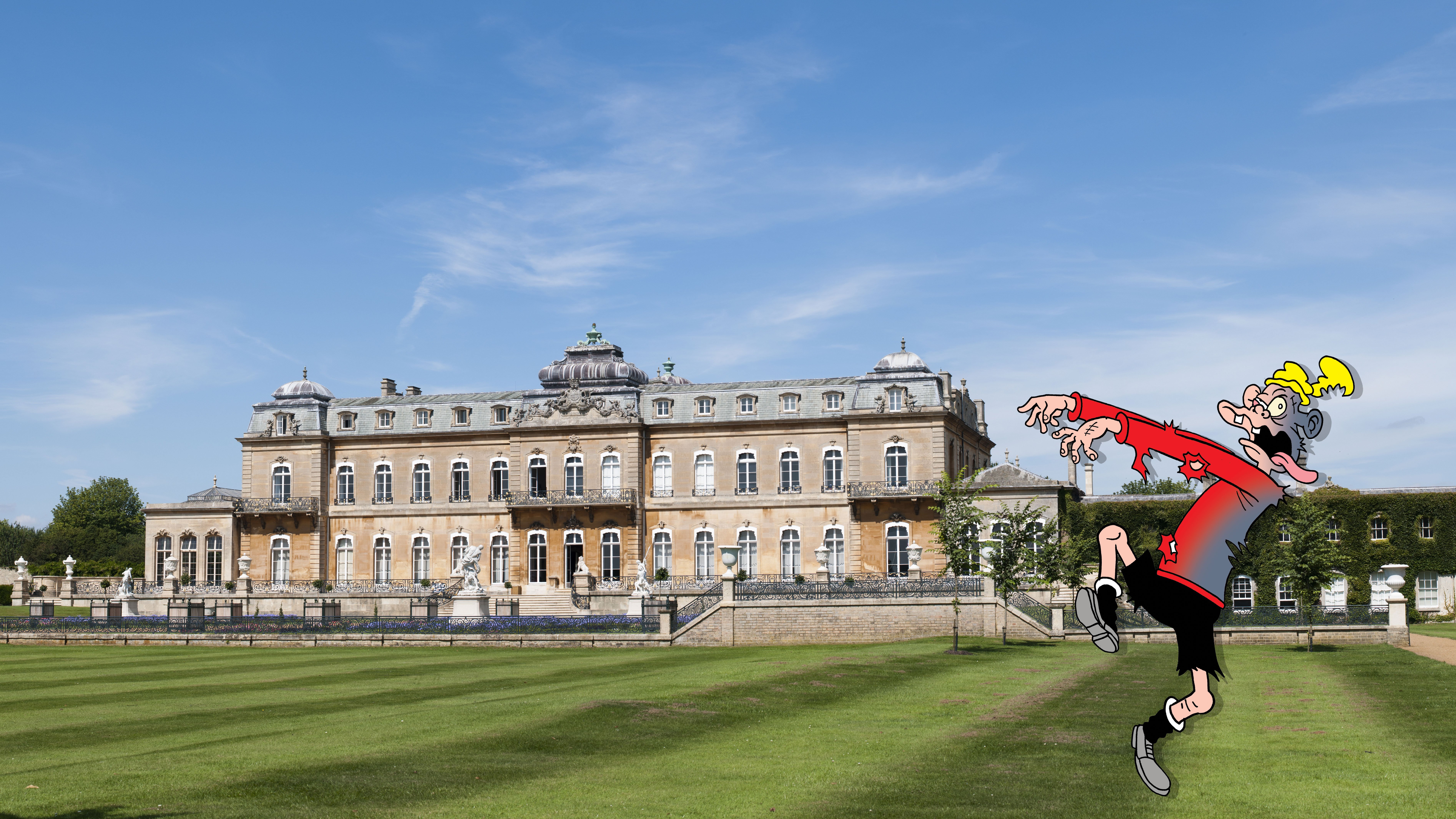
Wrest Park is a magnificent house of the 1830s, the Victorian era. Victorians were fascinated by the supernatural and the spooky! Victorians loved public events such as hypnosis, séances and fortune telling. They loved telling ghost stories through the year, but especially at Halloween! Young women enjoyed the Magic Mirror game, where they stood in front of a mirror at midnight. If the spirits were pleased, the reflection of their future husband would appear in the mirror! If the spirits weren’t happy, the mirror would show a skeleton which they believe to mean they would die an old maid!
Eltham Palace
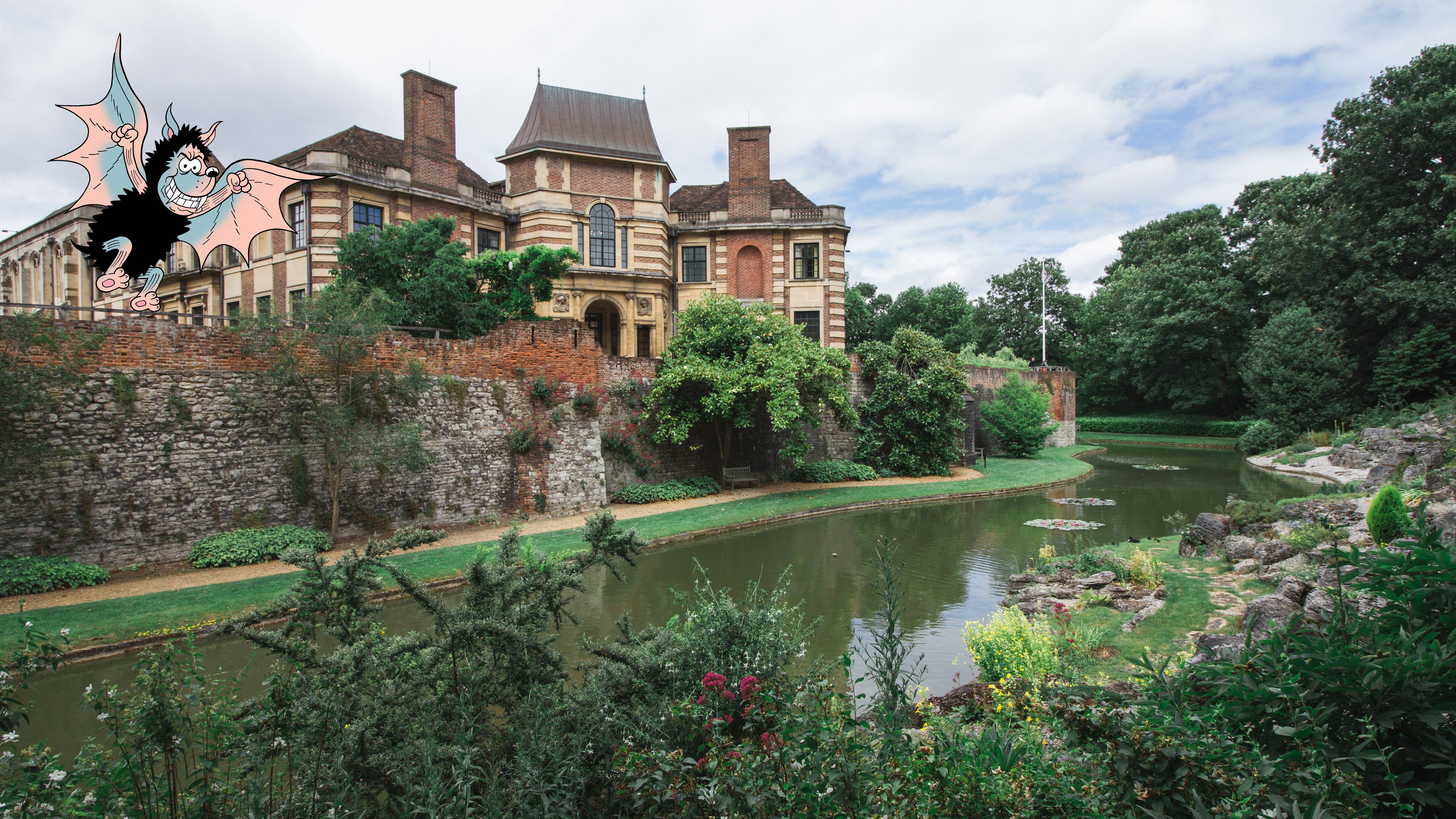
Elizabeth I became Queen of England in 1558 and visited Eltham occasionally. During her reign, Queen Elizabeth I contracted smallpox and it was feared the Queen would die. Elizabeth I survived but was left with scarring on her face and neck. Elizabeth was known for caking her face with several layers of make-up to cover these scars and make her skin white, which was the trend at the time. The make-up Elizabeth I applied to her face contained lead which, unknown at the time, was not safe to be applied on the skin.















